October 29, 2025
Data Shows Endangered Palau Ground Doves Swiftly Recovering After Successful Palauan Island Conservation Effort
Astounding evidence of recovery on Ulong Island in Palau after just one year!
Published on
December 21, 2017
Written by
Emily Heber
Photo credit
Emily Heber
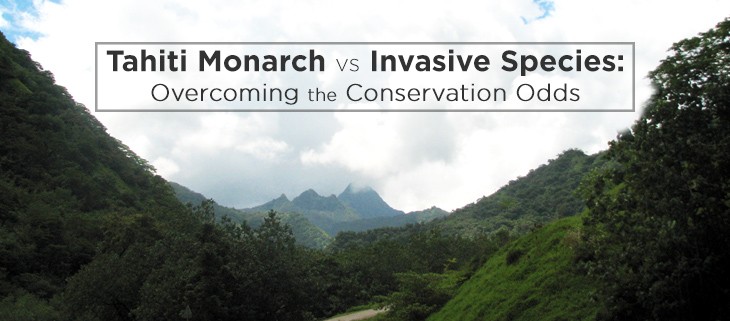
Tahiti is known for the beauty and diversity of species that call the island paradise home. One of these species, the Tahiti Monarch (Pomarea nigra), is a small passerine bird that was facing down extinction in the late 1990s. In 1998, when conservation efforts began, there were only 12 individuals located on the island. One of the causes for their uncertain future was nine different invasive species.
Invasive species are the leading cause of extinction of island species around the world, and this one bird had nine competitors, predators, and habitat destroyers that were causing a rapid population decline. The culprits are all well known invasive species including invasive feral cats, rats, Myna, Red-vented Bubuls, Swamp Harriers, Little Fire Ants and Miconia trees. Luckily conservationists were determined to save the Tahiti Monarch.
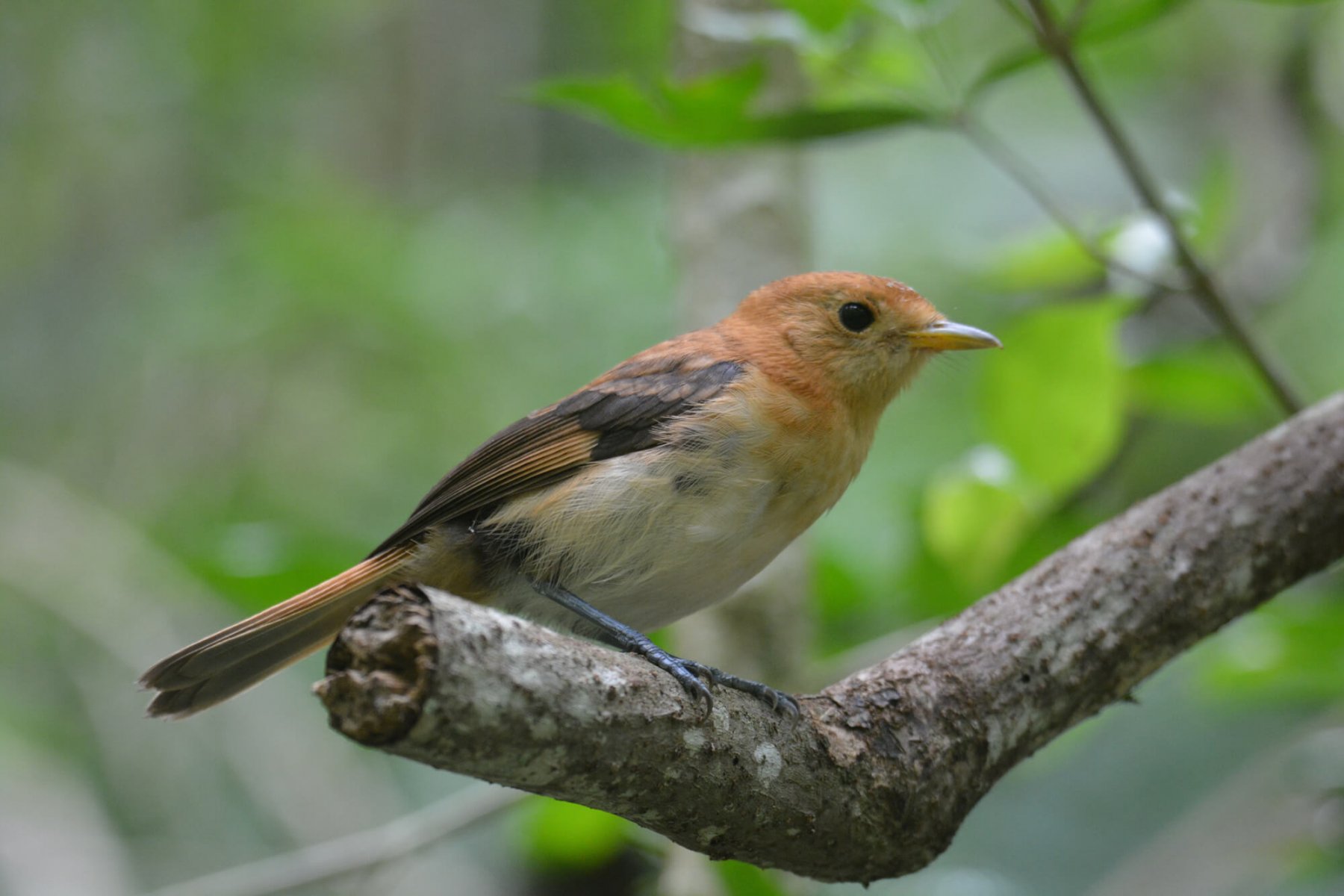
To protect these rare birds, conservationists had to get creative and step out on the edge. Using drones and new baiting techniques, they began to control populations of Fire Ants to stop their growing numbers. If successful, this new method could save species on islands around the world where Fire Ants prove a difficult species to remove. Before the incorporation of drone technology, it was left to conservationists to climb down steep cliffs to try and eradicate the ants.
Now, due to conservation efforts, the removal of Myna birds and control of rat populations, the Tahiti Monarch is doing better these days. Although the species remains listed as Critically Endangered, their numbers are improving and, in 2017, they reached 70 adults, which gives conservationists hope for their future success. To truly save the species there is still more work to be done, but in the face of nine invasive species, the Tahiti Monarch has made an incredible recovery so far.
Featured Image: View of Tahiti’s three central peaks.Credit: Anita Gould
Source: BirdLife International
Check out other journal entries we think you might be interested in.

October 29, 2025
Astounding evidence of recovery on Ulong Island in Palau after just one year!
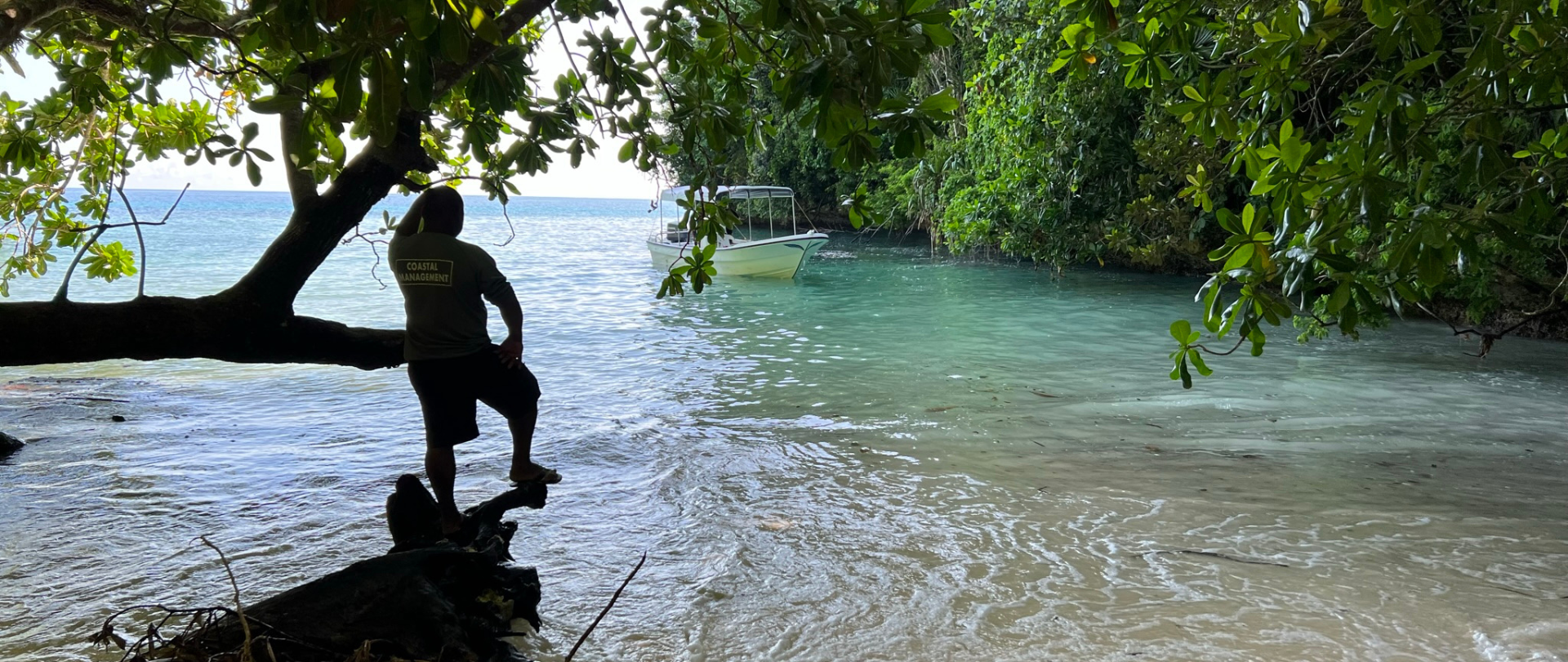
May 19, 2025
Read our position paper on The 3rd United Nations Ocean Conference (UNOC 3) to see why we're attending and what we aim to accomplish!
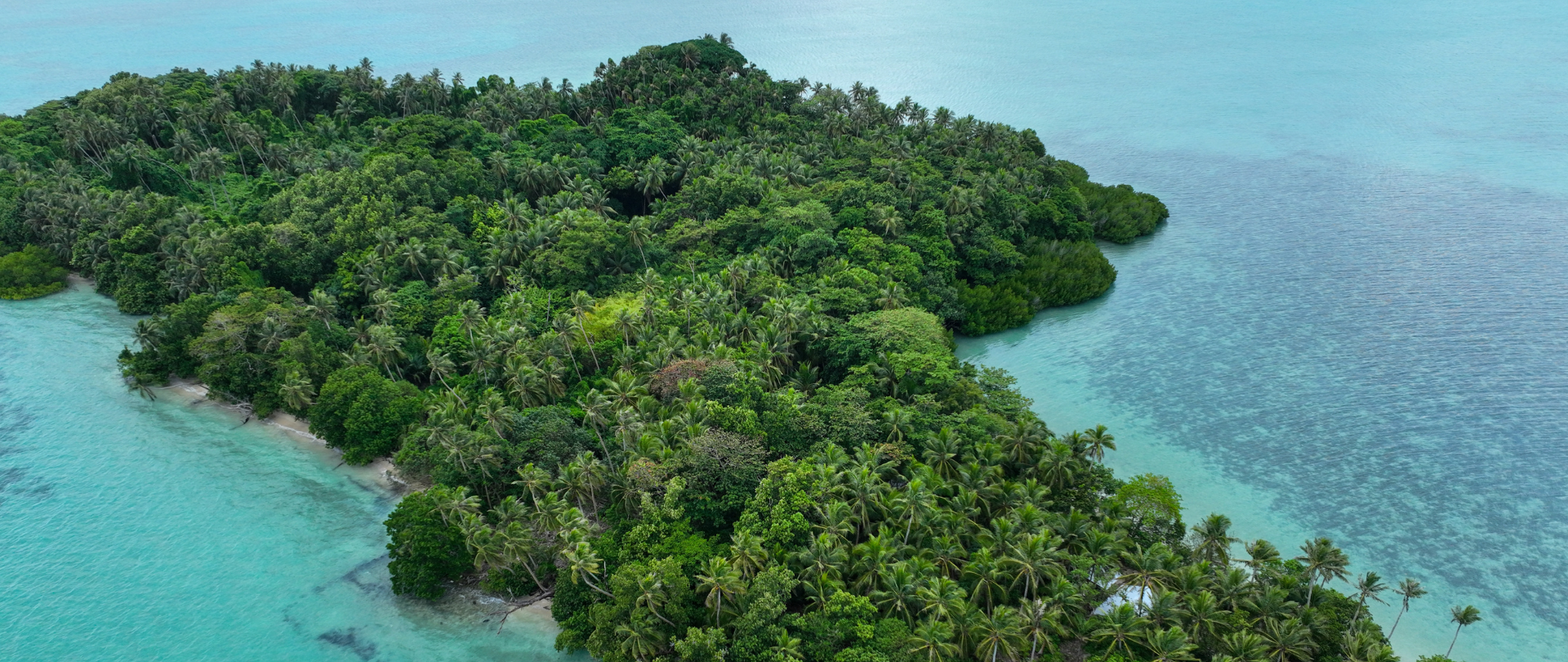
December 4, 2024
Ann Singeo, founder of our partner organization the Ebiil Society, shares her vision for a thriving Palau and a flourishing world of indigenous science!
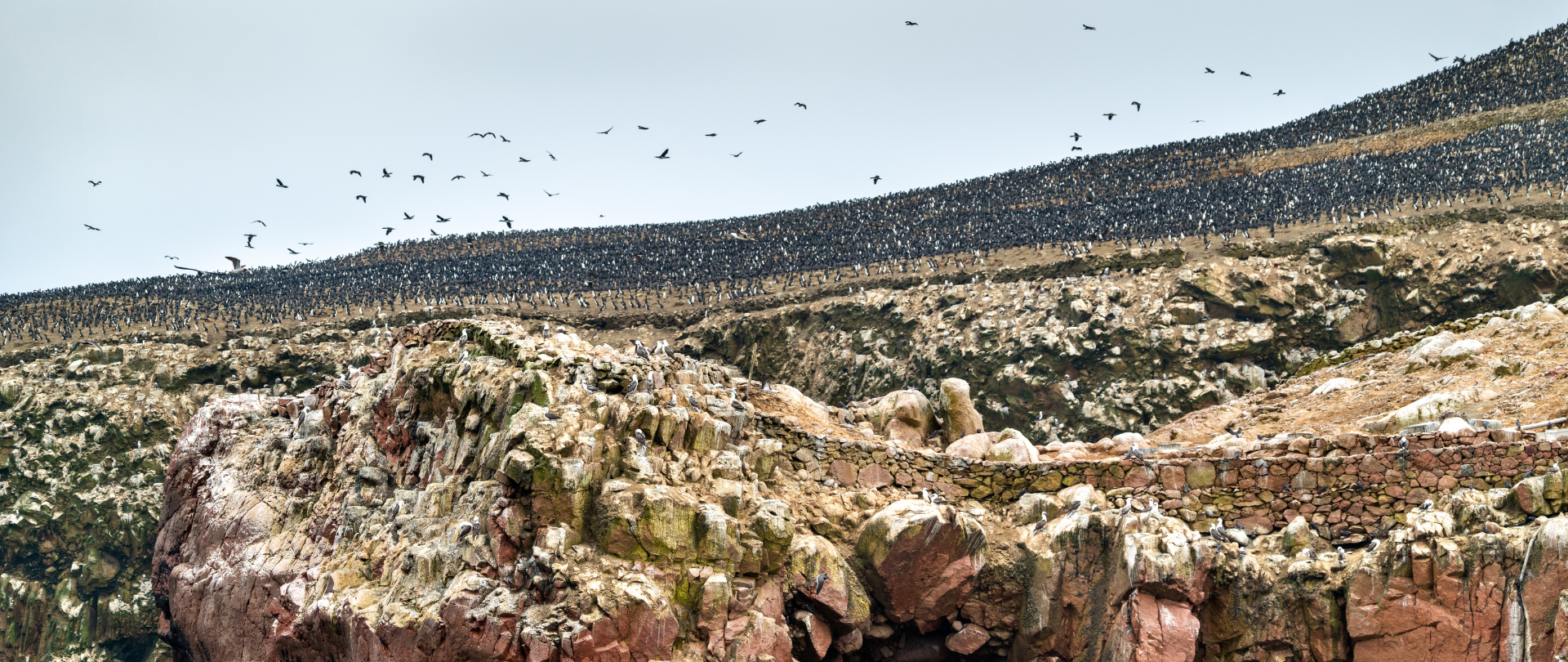
November 22, 2024
This historic agreement aims to protect the marine and coastal areas of the Southeast Pacific.
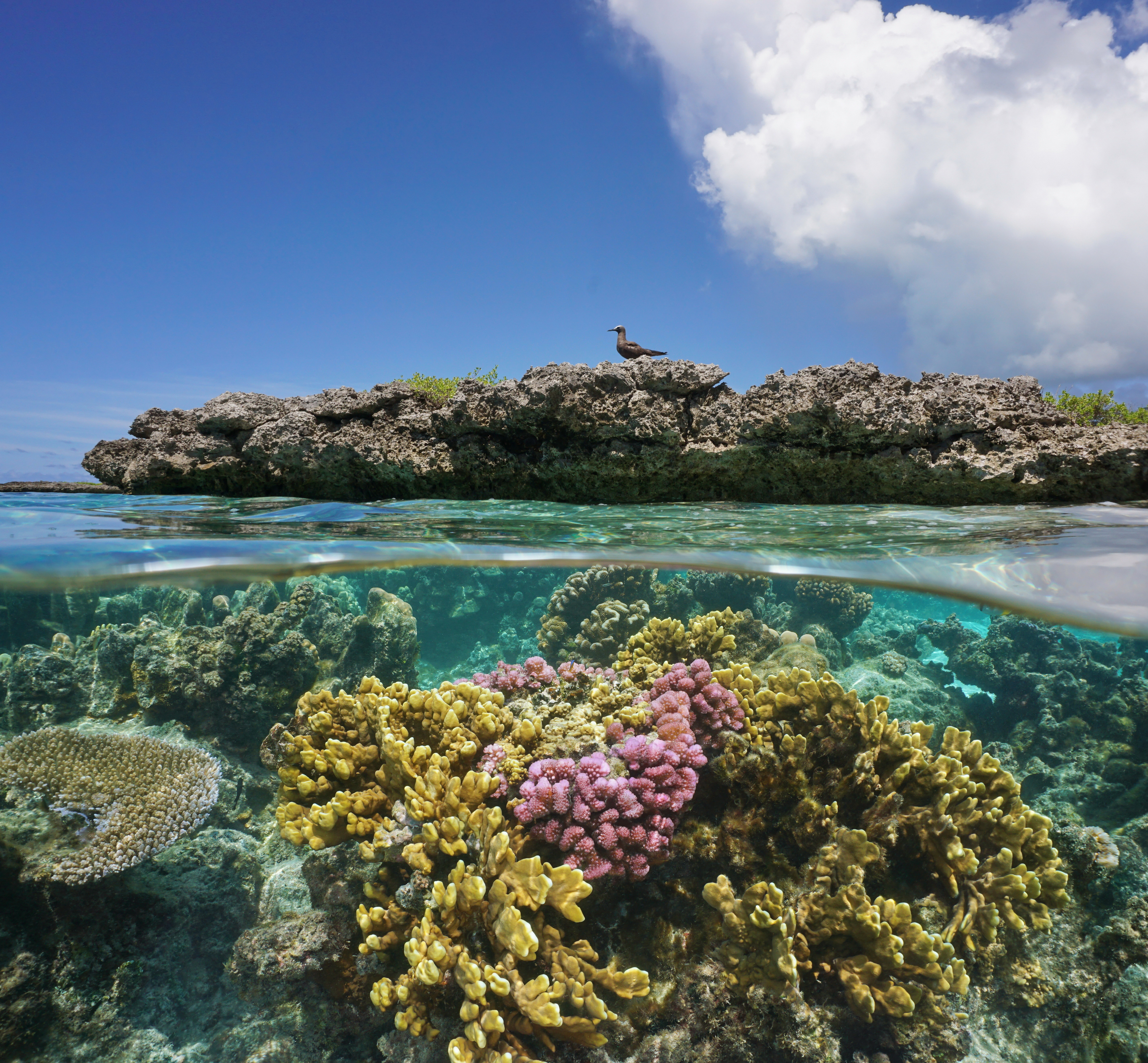
November 18, 2024
Our projects to restore key islets in Nukufetau Atoll forecast climate resilience and community benefits in Tuvalu!
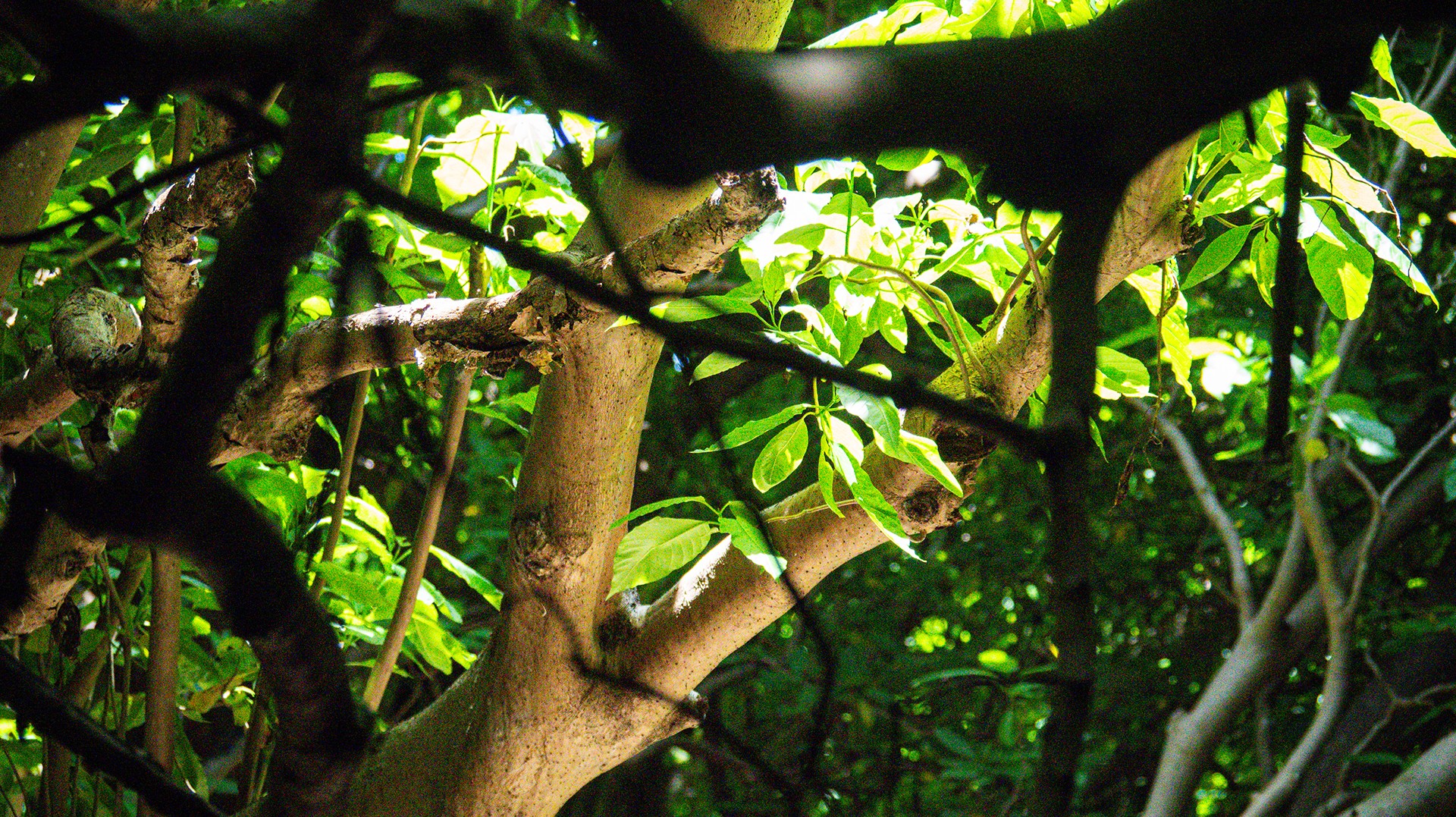
October 3, 2024
Island Conservation and partners have published a new paper quantifying ecosystem resilience on restored islands!
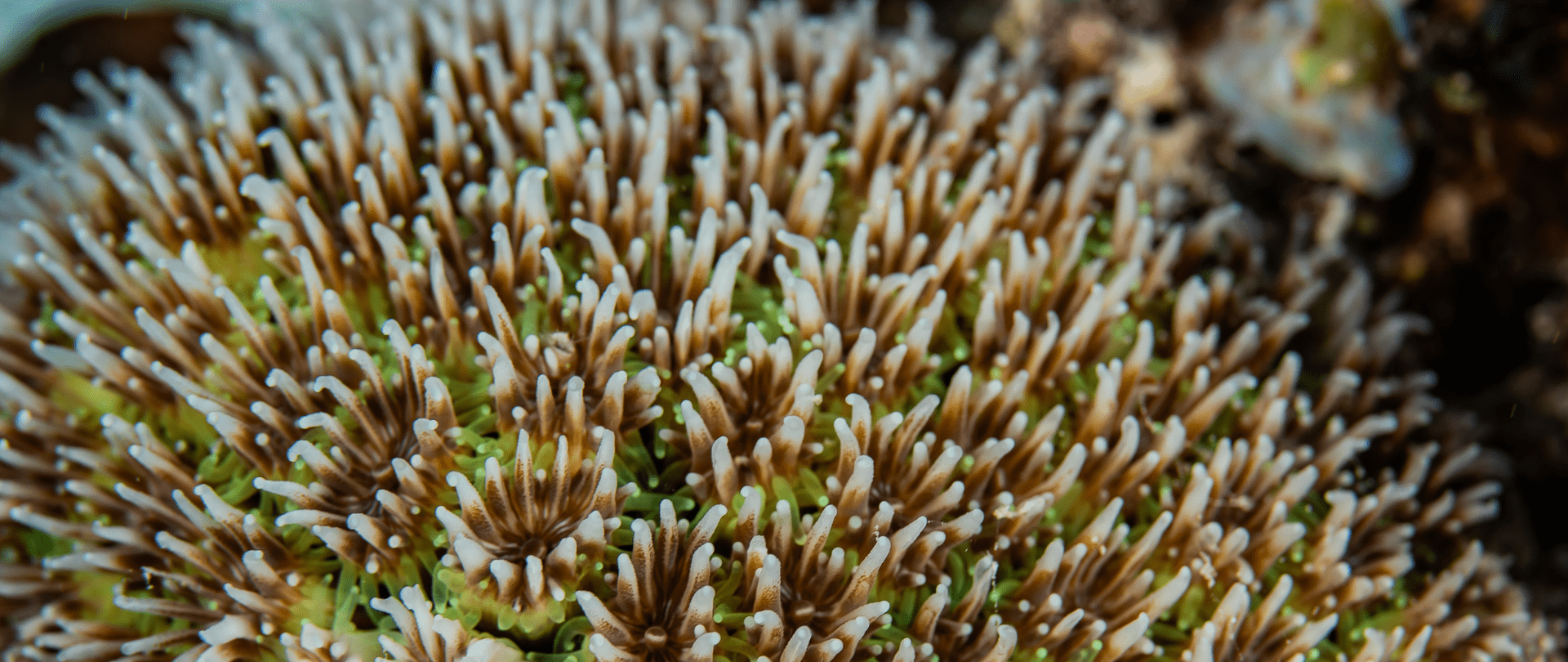
September 10, 2024
Climate Week NYC: what is it and why is it important? Read on to find out why Island Conservation is attending this amazing event!

September 5, 2024
With sea levels on the rise, how are the coastlines of islands transforming? Read on to find out how dynamic islands really are!

December 14, 2023
Join us in celebrating the most amazing sights from around the world by checking out these fantastic conservation photos!

November 28, 2023
Rare will support the effort to restore island-ocean ecosystems by engaging the Coastal 500 network of local leaders in safeguarding biodiversity (Arlington, VA, USA) Today, international conservation organization Rare announced it has joined the Island-Ocean Connection Challenge (IOCC), a global effort to…